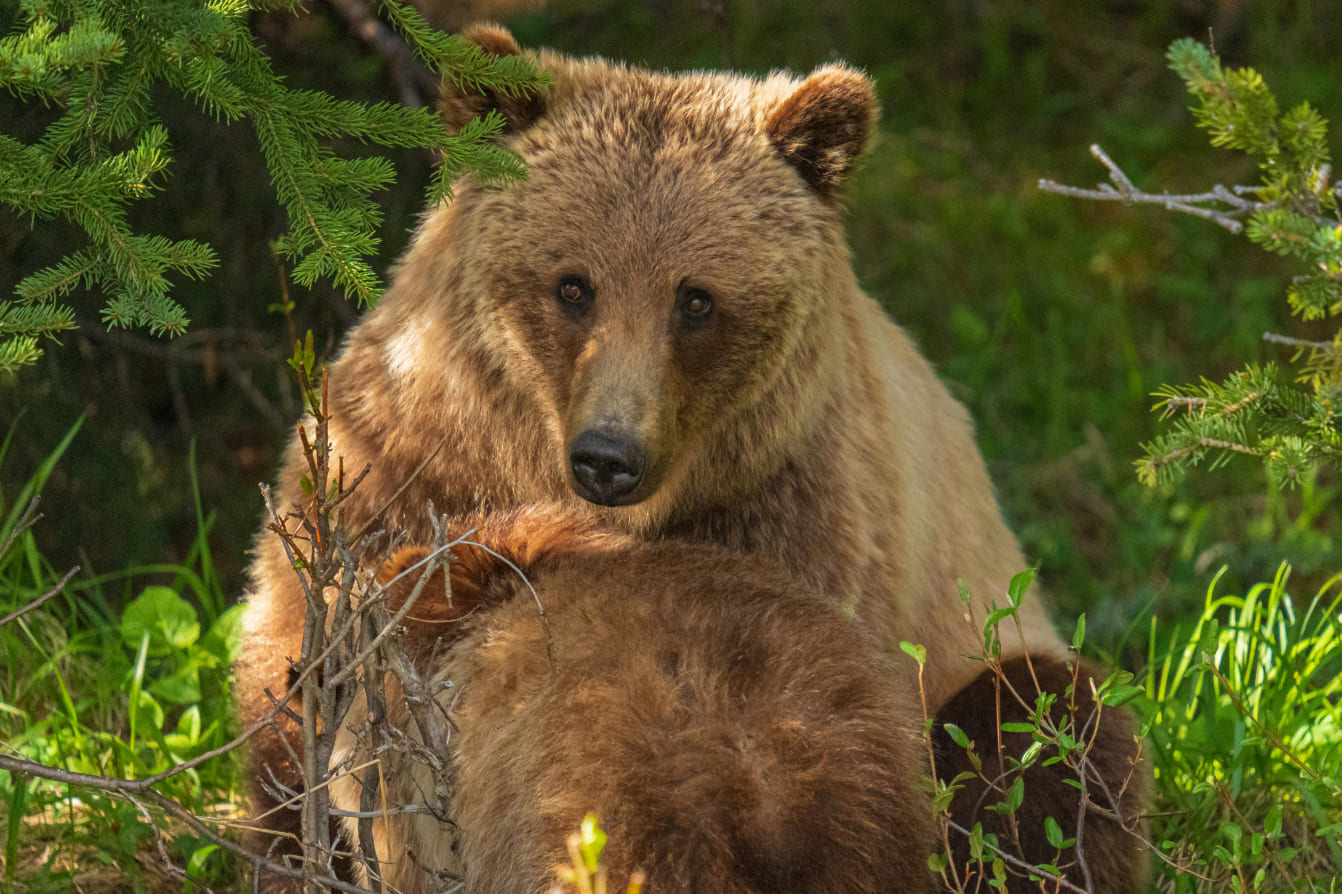Forest and Steppe Sanctuaries

Grizzly Bear
Grizzly bears are among the most iconic symbols of wild North America, embodying strength and resilience. These large, brown-furred bears inhabit forests, meadows, and mountainous regions, where they roam vast territories in search of food. Grizzlies are omnivorous, consuming a varied diet that includes berries, roots, nuts, fish, and even large mammals. Their feeding habits make them essential players in their ecosystems, as they help disperse seeds, control prey populations, and maintain the health of aquatic systems through their fishing activities.
Grizzly bears are solitary by nature, except during mating season or when mothers are raising cubs. Cubs remain with their mothers for up to three years, learning vital survival skills such as foraging and evading predators. Despite their imposing size, grizzlies face threats from habitat loss, human-wildlife conflict, and climate change, which impacts food availability.
In reserves, grizzly bears benefit from protected territories that allow them to roam freely without the risk of human interference. Conservation programs focus on preserving natural food sources, creating wildlife corridors, and educating the public on coexistence strategies. These efforts have been instrumental in stabilizing grizzly populations in areas where they were once endangered.

